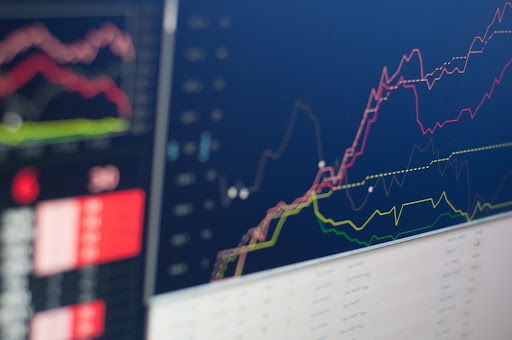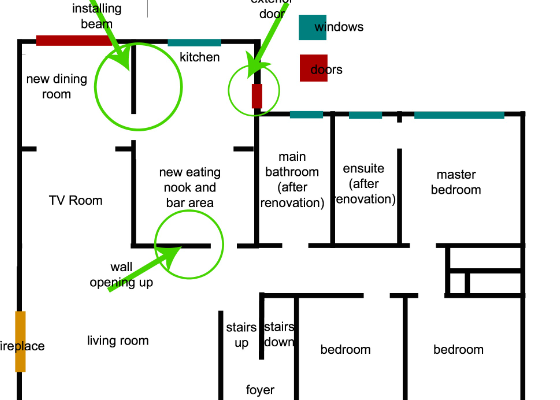In the realm of big data, visualization tools play a pivotal role in rendering complex information into digestible, actionable insights. Among the variety of such tools, a stacked chart confidently claims its place as an essential apparatus for data interrelation and comparative analysis. Keep reading to deep dive into the world of stacked charts.
Table of Contents
Understanding Stacked Charts
At its simplest, a stacked chart is a graphical representation of multiple datasets aggregated into one single visual output. Each dataset is displayed as parts of a whole to ascertain contextual relevance. Essentially, it provides a macro perspective of the data at a glance.
Stacked charts offer numerous benefits, such as facilitating direct comparisons, highlighting disparities or similarities, and uncovering underlying patterns. They pave the road to better decision-making by enabling comprehensive analyses of large datasets.
Stacked charts can be categorized into several types: stacked column charts, bar charts, and area charts. Each has its unique properties and applications, delving into which could lend you a better understanding.
Exploring Stacked Column Charts and Its Applications
There are a number of applications for stacked charts. Stacked column charts are primarily ideal for showcasing comparative data over a period or across categories. They organize individual data series vertically, giving an overarching view of the cumulative totals.
For businesses, stacked column charts could play an instrumental role in growth analysis by enabling year-to-year revenue comparisons from different product lines. They also serve well in gauging market share dynamics or consumption patterns across various demographics.
A word of caution, though; while useful for general trend analysis, stacked column charts can sometimes be misleading, or even distorted, if used to compare parts to the whole over different periods.
However, a carefully planned and executed stacked column chart can yield rich insights into multiple datasets, their interplay, and their micro and macro evolutions.
Diving Into Stacked Bar Charts for Data Analysis

Less renowned but equally powerful are stacked bar charts, an excellent tool for comparing different categories of data in one sweep. By stacking datasets horizontally, these charts enable a structured interpretation of variegated data components.
Stacked bar charts prove beneficial for tasks that require an understanding of individual items’ proportionate contributions to the total, such as resource allocation, expense analysis, or segment-wise customer feedback.
Interestingly, while the stacked bar charts’ structure facilitates better reading of distributed data, it might sometimes fall short of capturing trends for individual categories. Therefore, they are best used when the focus is on comparing total sizes across different categories.
Unlocking the Potential of Stacked Area Charts for Trend Analysis
Stacked area charts excel at demonstrating how different categories contribute to the whole over time. By representing data components as areas under a line, they ingeniously capture both category-wise information and its accumulative trend.
One of their salient applications lies in financial analytics where they can vividly portray portfolio compositions or cumulative sales patterns over years. By stacking the areas, they enable a simultaneous dual-perspective analysis of categorical and cumulative data.
However, like their column and bar counterparts, stacked area charts can compromise precision for overall trend capturing. Therefore, they need careful handling for accurate data interpretation and forecast.
Nevertheless, with their seamless combinatorial visualization of different datasets, stacked area charts make a competent ally for extensive time series analysis.
Altogether, a well-rounded understanding of stacked charts can unlock new horizons in your journey of data analysis, helping you extract, interpret, and present data more effectively.





